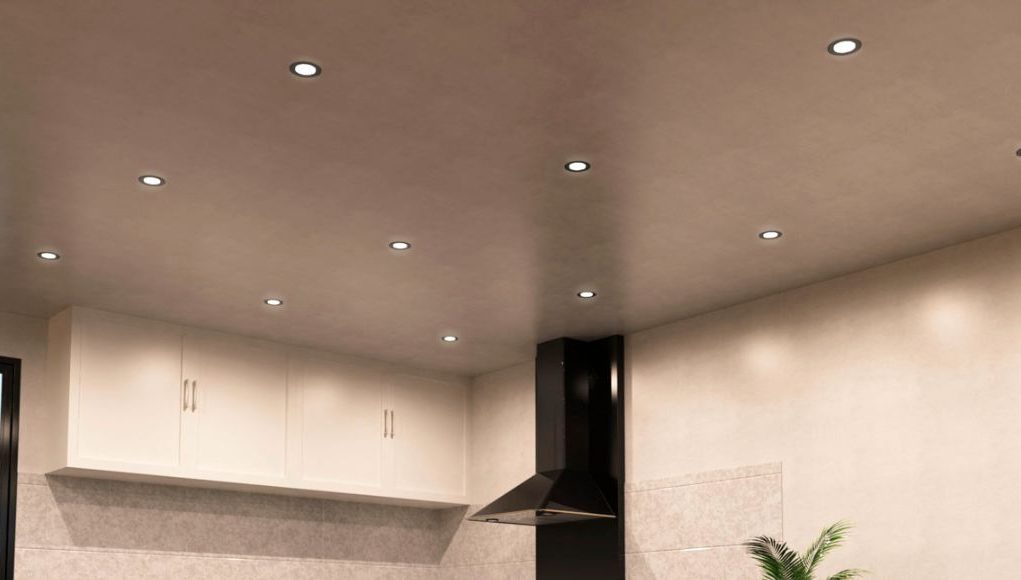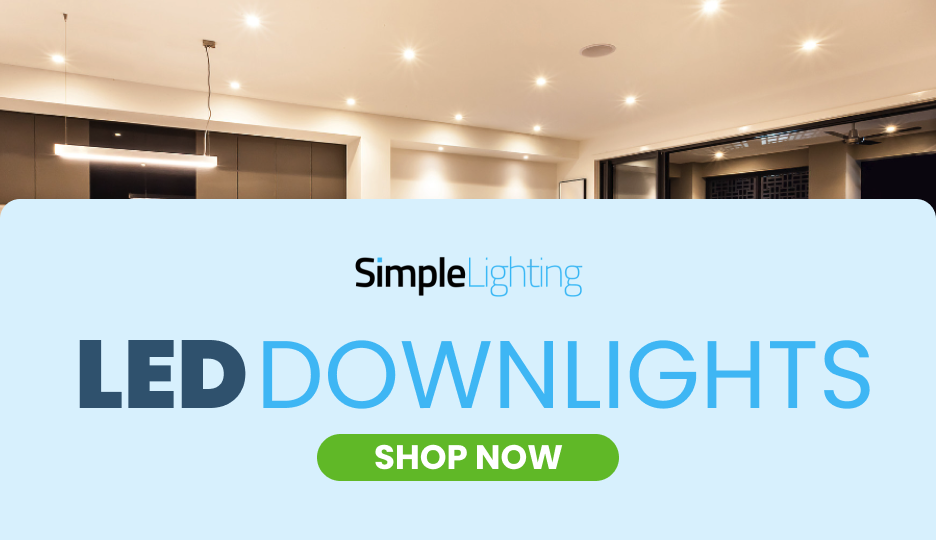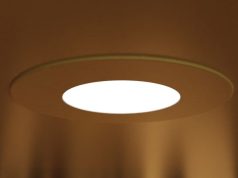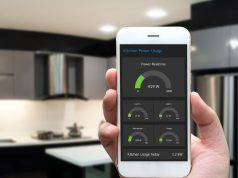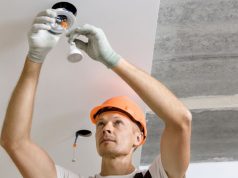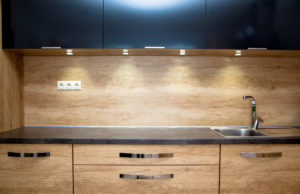Have you switched to fire-rated downlights yet?
Though they may look like traditional downlights on the outside, fire-rated downlights have a more critical function than just shining light in a room or space. They are designed to halt the spread of flames in the unfortunate case of a fire, whereas traditional downlights will just let the fire through the ceiling holes, aiding its rapid spread.
Most fire-rated downlights are made with LED, which can significantly lower electricity costs by up to 80% compared to traditional incandescent bulbs.
Its fire-blocking feature also has the potential to save you a lot of repair and rebuild costs if your house or commercial space is ever caught up in a fire. The precious minutes that the fire-rated downlights provide can give authorities time to save your space and stop the fire from spreading further.
In this article, we’ll go through everything you need to know about why fire-rated downlights are the most energy—and cost-efficient lighting solution.
Understanding Energy Efficiency in Lighting (Basic Concepts)
LED Technology and Efficiency
You’ve undoubtedly heard from someone that LED lights are better than traditional halogen or incandescent fittings when it comes to electricity costs. But why?
The most straightforward answer is that, compared to incandescent bulbs, which rely on heating a filament to generate light, LED lights convert electricity directly into light with minimal waste (heat). This process is called electroluminescence. This means less heat and more light.
Lumen output per watt
Lumen output per watt (lm/W) measures how efficiently a light source converts electrical power (watts) into visible light (lumens). Higher values mean the light source produces more illumination with less power. Less energy means lower electricity consumption.
Pro Tip: When buying a new light, check lumens, not watts. Always look at the lumens of the fitting and compare them to the lumens you need for your space.
Factors Affecting Energy Consumption
When discussing energy efficiency, it is vital to note the factors affecting energy consumption.
Wattage: This indicates the amount of electricity a light source consumes per hour. Higher wattage means higher energy consumption. One thing to note is that if your light has a high wattage, it would generally be brighter, but not energy efficient. Always remember to buy lumens, not watts.
Lifespan: The quality of the bulb, meaning its components, can affect energy consumption. High-quality LEDs can generally last up to 50,000 hours.
Dimming Controls: Some LED lights are dimmable. Those fittings aren’t just for aesthetics alone. Since LED lights work by converting electricity directly into light (more electricity means more light), dimming LEDs means there’s less electricity consumed.
Overheating: Though LEDs generally produce less heat than traditional lighting, excessive heat can stress LED components, affecting overall brightness and energy efficiency.
Energy Ratings and Certifications
ENERGY STAR Rating
One way to avoid power-hungry light sources, appliances, and other electronics is to always look for the ENERGY STAR logo. Electronics with the ENERGY STAR logo have met a strict energy-efficiency standard. They function the same as standard products, but they use less power. This rating is used in the USA.
UK Energy Performance Certificate
The UK EPC’s main difference from the ENERGY STAR is that the UK EPC is an energy efficiency rating exclusively used in the UK. There’s really no fancy way to put it. This rating system is scored 0 to 100 and goes from A through G, with the highest score being 100 and the highest rating being A.
Energy Efficiency Benefits of Fire-Rated Downlights (Specific Advantages)
Reduced Energy Consumption
Using a fire-rated downlight with an integrated LED bulb can significantly lower your energy consumption. How? LEDs effectively convert energy into light and require less power to operate.
Longer Lifespan and Reduced Replacement Costs
The typical lifespan of an LED light is up to 50,000 hours, while incandescent and compact fluorescent light bulbs last only 2,000 and 15,000 hours, respectively. The longer lifespan means fewer replacements, and overall lower maintenance costs.
Reduced Heat Generation and HVAC Savings
Since LEDs convert electricity directly into light, notably less energy is wasted. This means reduced heat generation and HVAC load, opening a potential for energy savings since there’s less heat source to regulate in the room.
Lighting Control Integration
Further energy-saving options include integrating smart lighting into LED fire-rated downlights. Dimmers and occupancy sensors can help lower energy consumption by dimming or automatically turning the lights off when there’s no activity in a room.
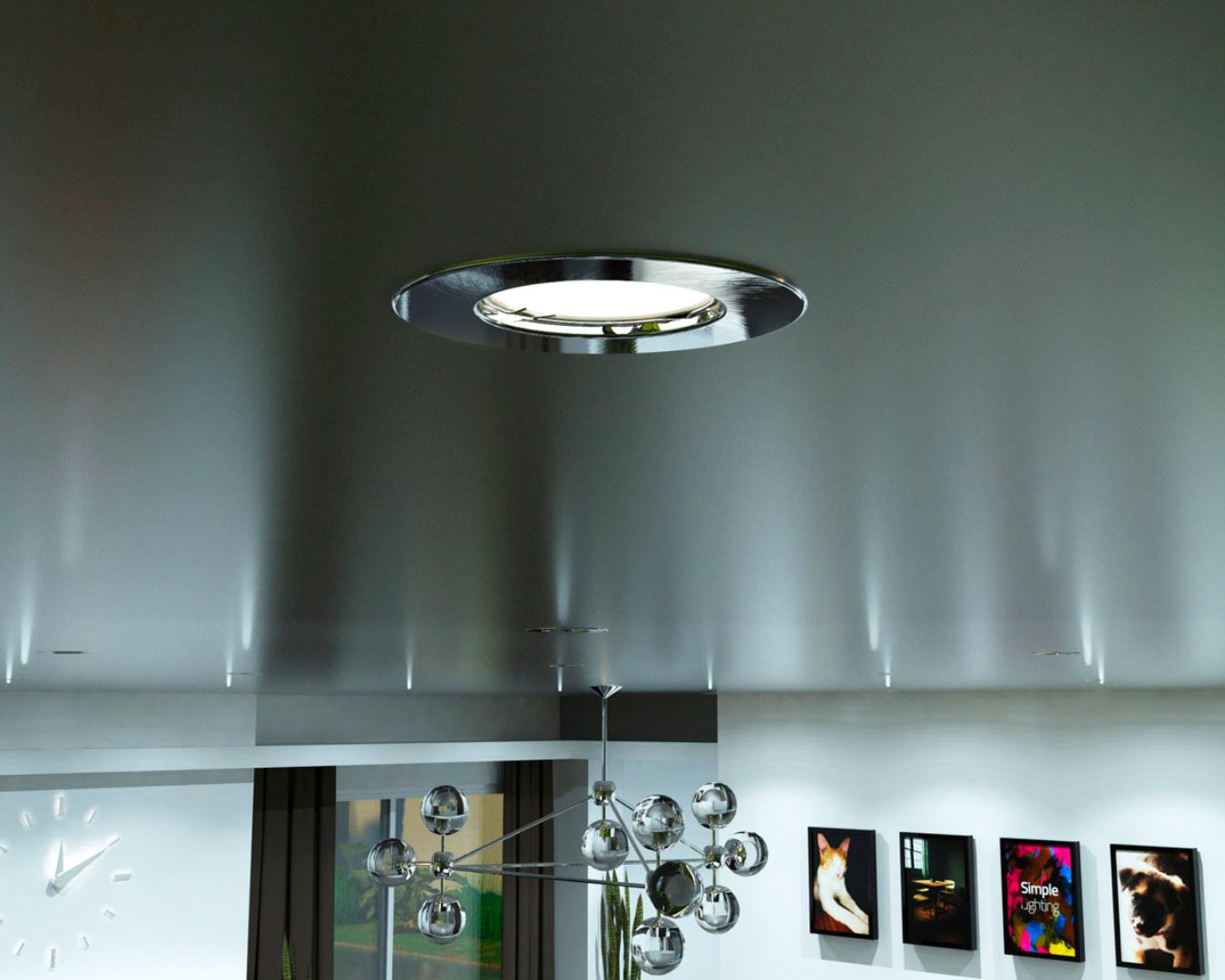
Cost Benefits of Fire-Rated Downlights (Financial Advantages)
Lower Electricity Bills
If you haven’t been using LED fire-rated downlights yet, you’re missing out on big-time electricity bill savings. Using LEDs for your light fixtures is a smart financial decision.
Reduced Maintenance Costs
A longer LED lifespan means there is less replacement over the years compared to using other types of light bulbs. This means less material and labor costs on your end down the line.
Potential for Rebates and Incentives
Did you know that the government, utility companies, and other organisations can provide grants and funding to help you switch to energy-efficient lighting in your business? One such grant is the Enhanced Capital Allowance (ECA), which allows a company to claim 100% of the costs of switching to energy-efficient equipment in the first year.
Return on Investment (ROI)
Completely switching to an energy-efficient lighting system is an investment. The typical payback period of any LED light is between 1 and 3 years. Some factors affecting ROI are the number of hours they are switched on daily, energy costs, and other expenses like maintenance and repair.
A quick calculation tells us that a single fire-rated downlight, replacing one incandescent lamp, can yield around 1,304.20% return on investment.
Environmental Benefits (Sustainability Focus)
Reduced Carbon Footprint
Traditional lighting posed many environmental issues, including the use of toxic materials like lead and mercury, which increased greenhouse gas emissions. The short lifespan and high energy consumption of traditional lights also mean a high carbon footprint. LED technology changed all that. With its longer lifespan and low wasted energy, the use of LED lights has significantly reduced carbon emissions.
Reduced Waste
The longer lifespan of LED lights (up to 50,000 hours) also means there are fewer replacements, which reduces waste. The good news? All types of LED lights have components that can be repurposed, and it’s recommended that you recycle them rather than throw them away.
Compliance with Environmental Regulations
All LED lights are covered by the UK’s Waste Electrical and Electronic Equipment (WEEE) regulations, which means that all LED manufacturers must comply with strict rules on proper recycling and disposal. This helps further reduce the carbon footprint of each LED used, which greatly impacts the environment.
Real-World Applications
Residential Applications
With LED lights, a home can now be bright and aesthetically pleasing without costing a fortune. Fire-rated LED downlights also add to the total household savings throughout their lifetime.
Commercial Applications
Fire-rated downlights are an excellent choice for general lighting in commercial and business spaces. They keep the space bright and increase the inviting atmosphere. Lower energy costs also mean more profit to the companies down the line, so it’s a great investment to get into.
Industrial Applications
Achieving good visibility in any industrial setting is crucial for the well-being of workers and passersby. LEDs cost less and are brighter compared to traditional fixtures, so you can have all the corners of the working areas well-lit and safe without worrying about budgets.
Conclusion
Switching to fire-rated downlights is a good investment for residential, commercial, and industrial settings if you’re looking to save on energy costs in the future. But a complete overhaul of your lighting solution can be expensive. So, it’s best to have a basic understanding of the factors that affect energy efficiency in lighting.
Simple Lighting has a wide range of options for LED fire-rated downlights, perfect for different applications. Our selections are carefully designed to fit your cost-saving and aesthetic needs. We have high-quality lights in brushed, polished chrome, white, and black that will blend in with your space. IP65 options for waterproofing are also available.
If you’re ready to switch to more energy-efficient lighting, check out our LED fire-rated downlights today.


